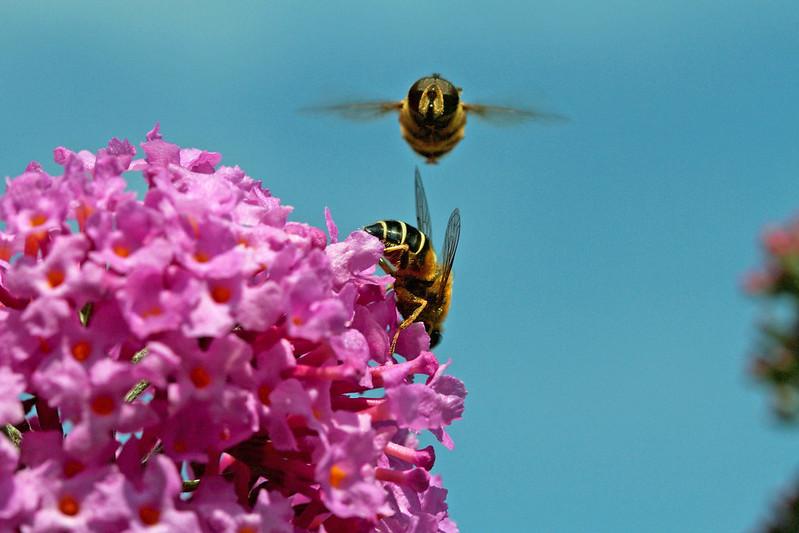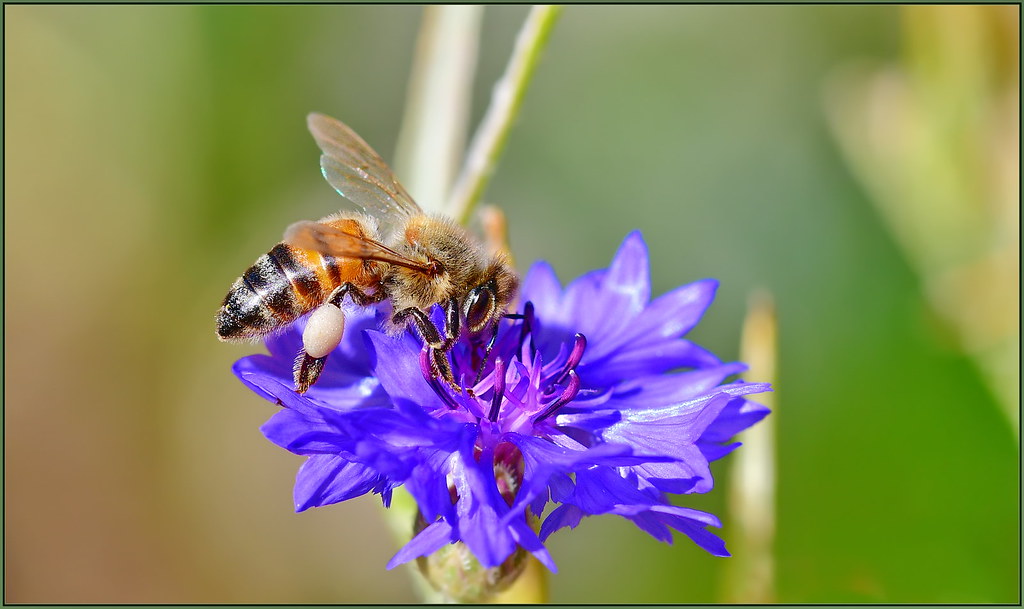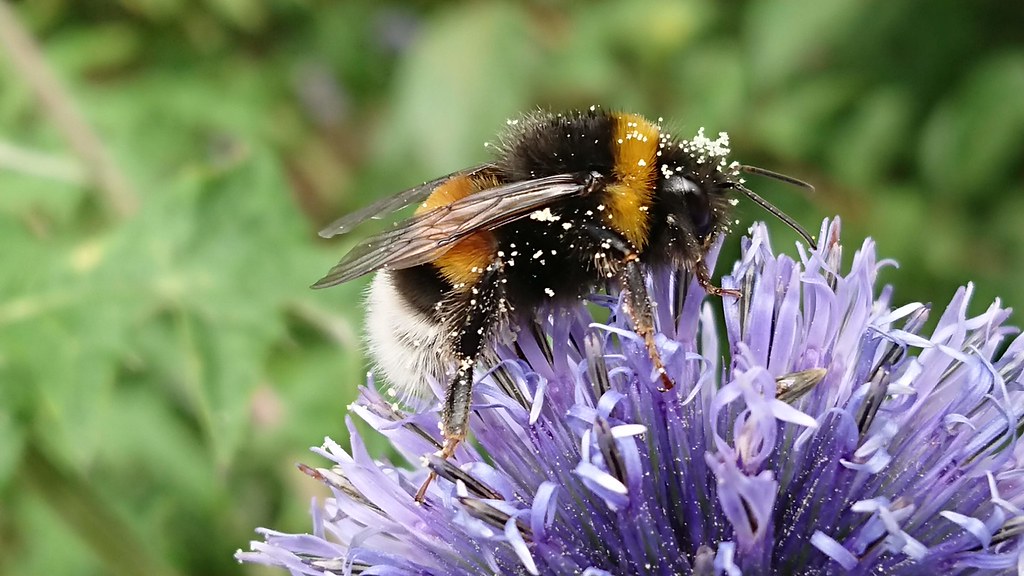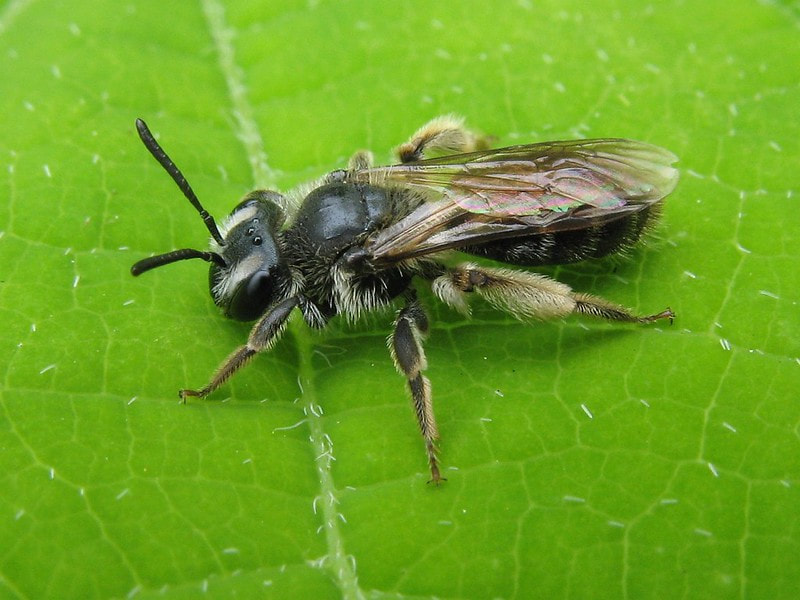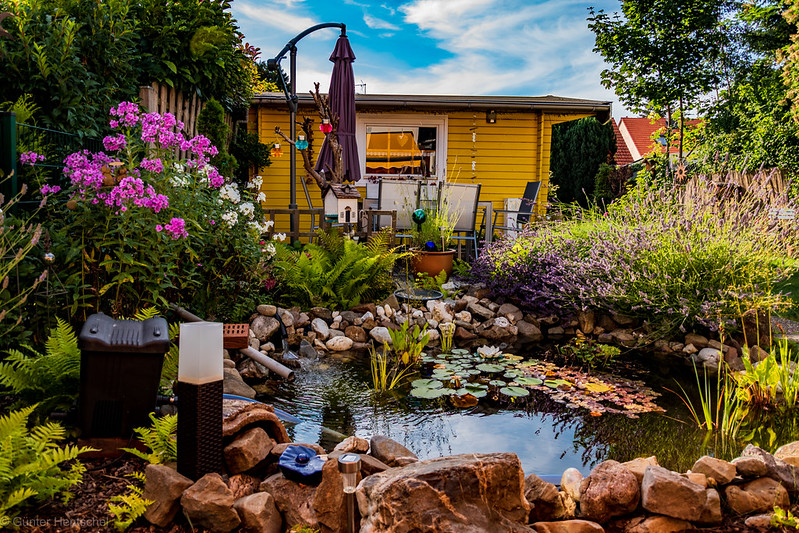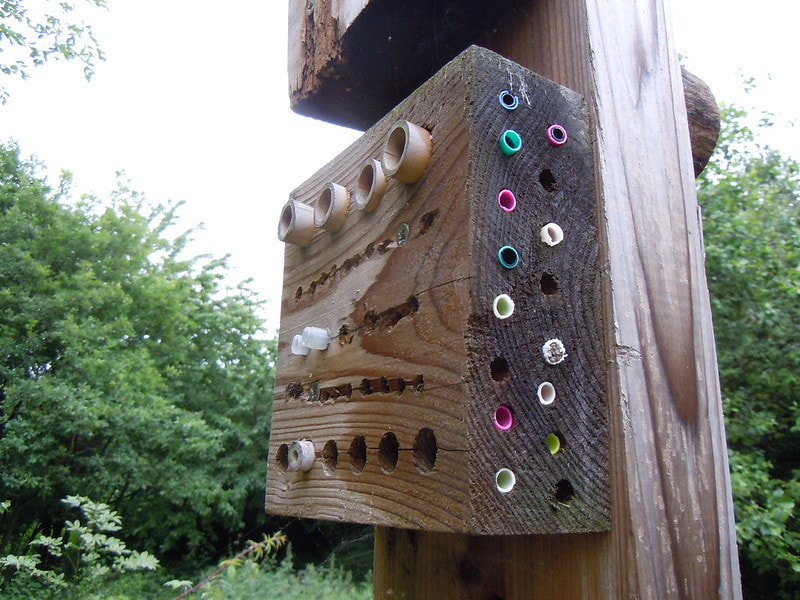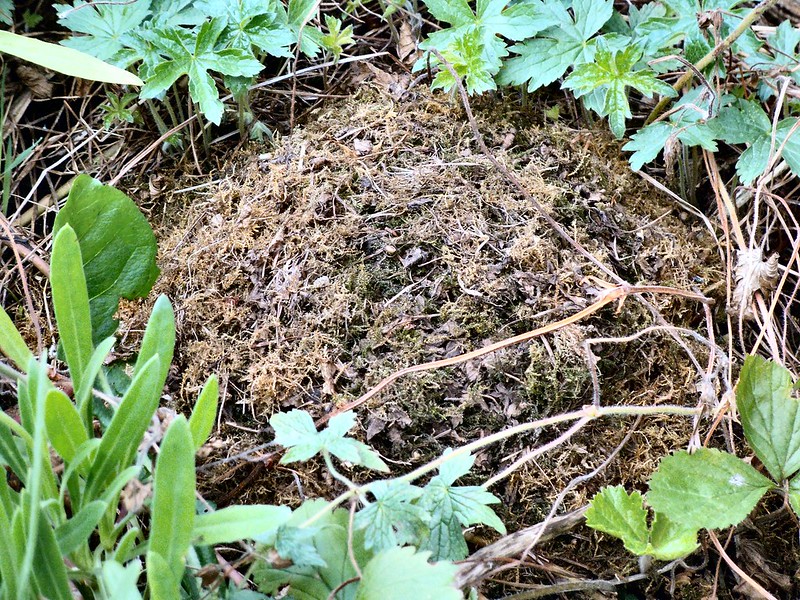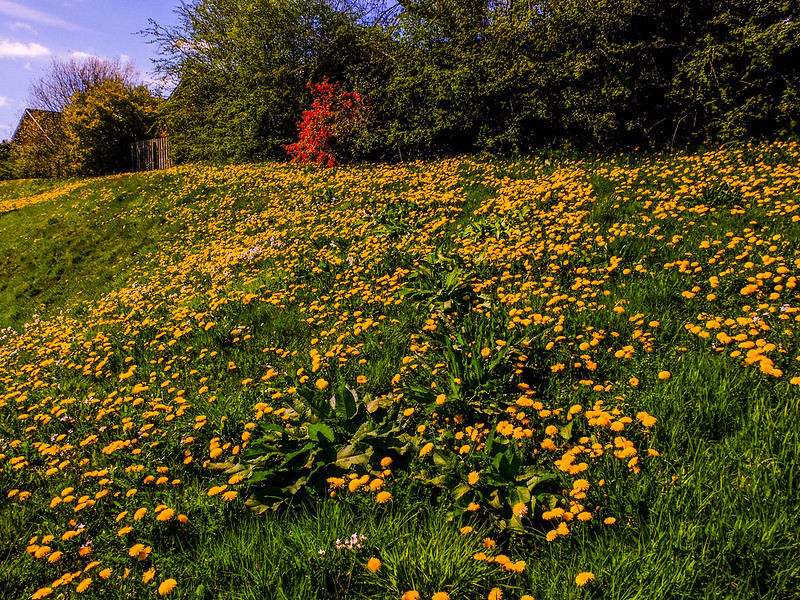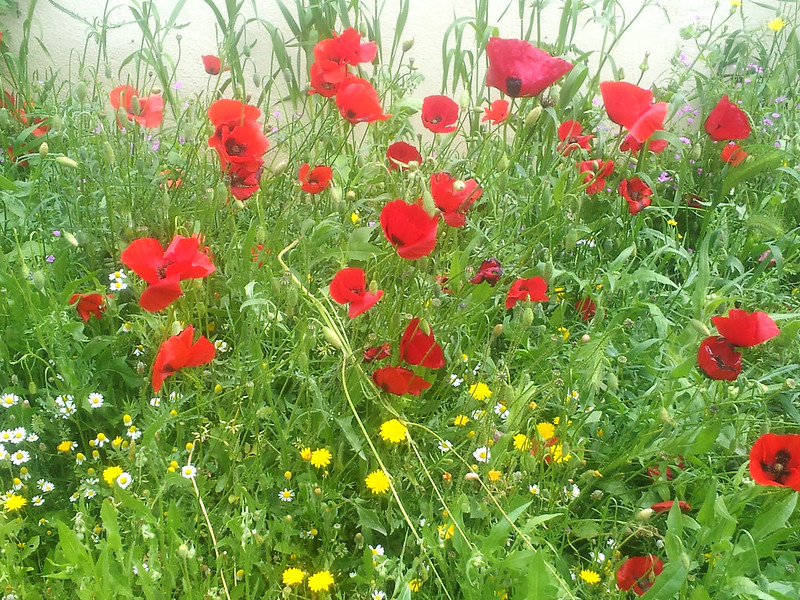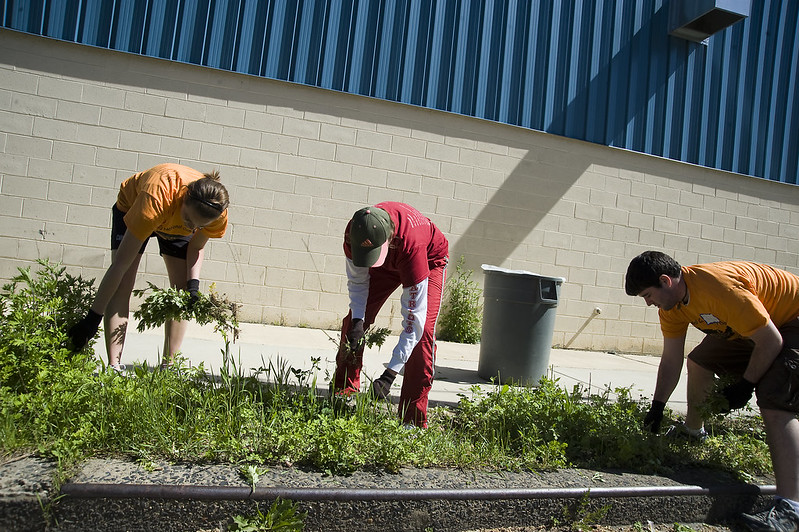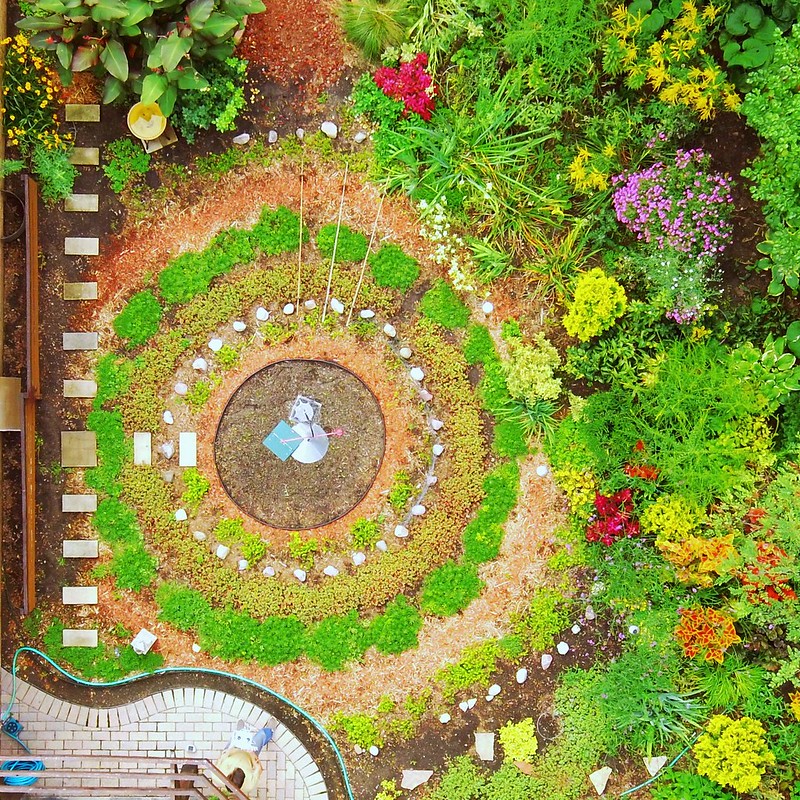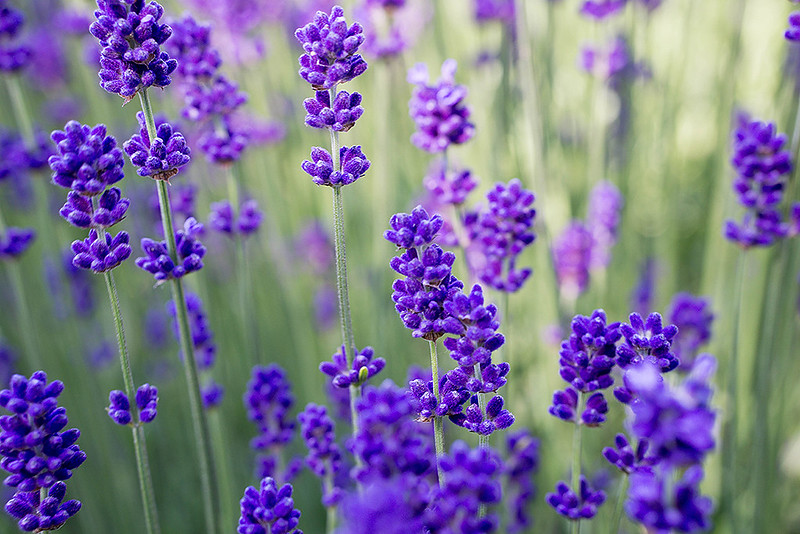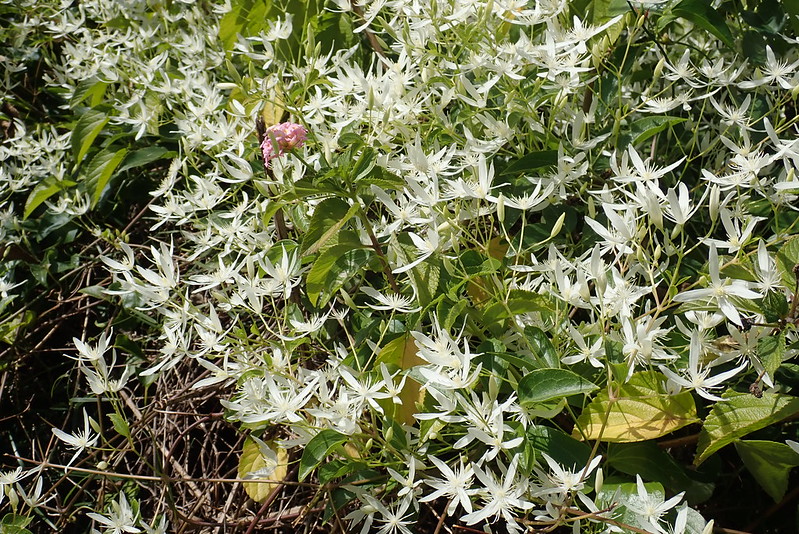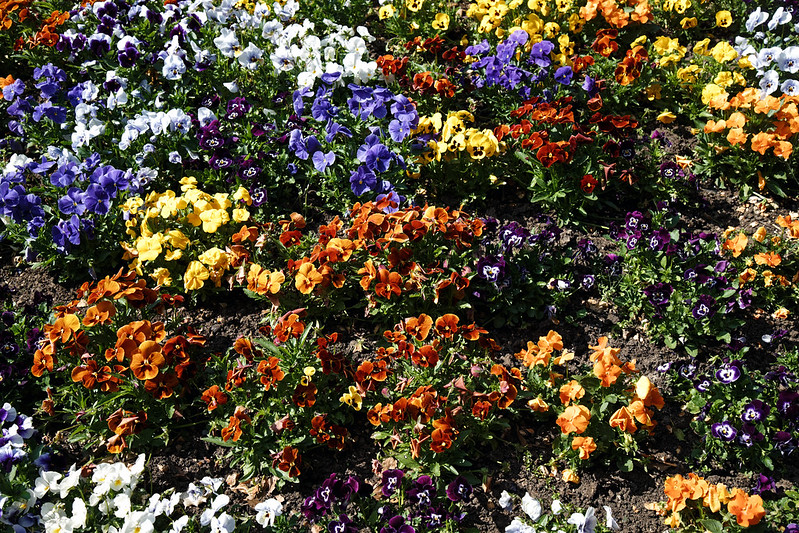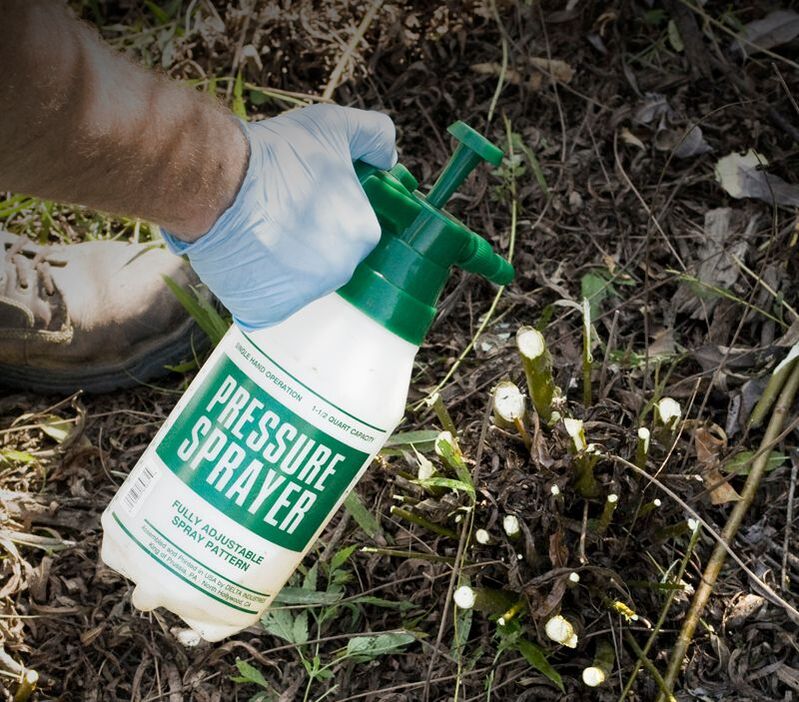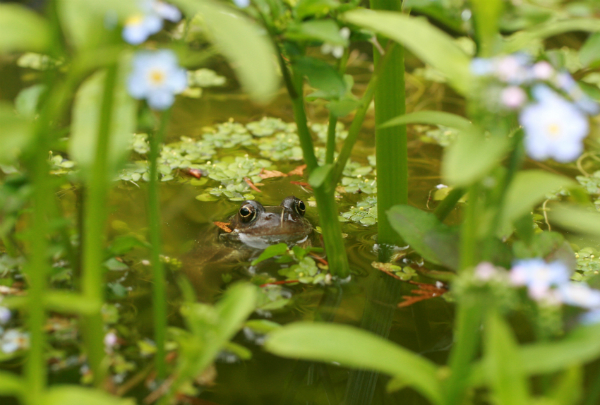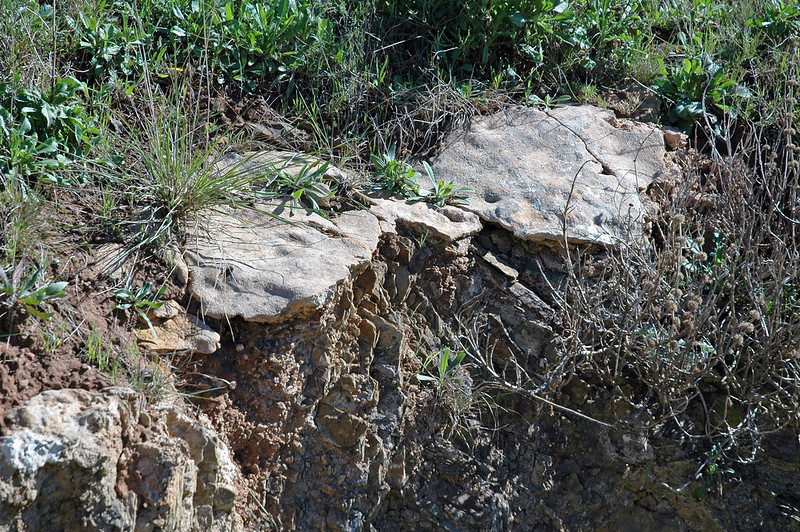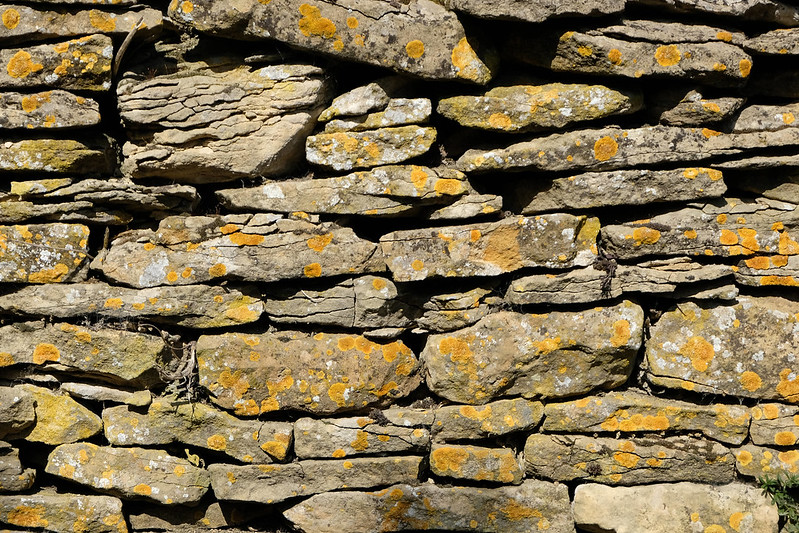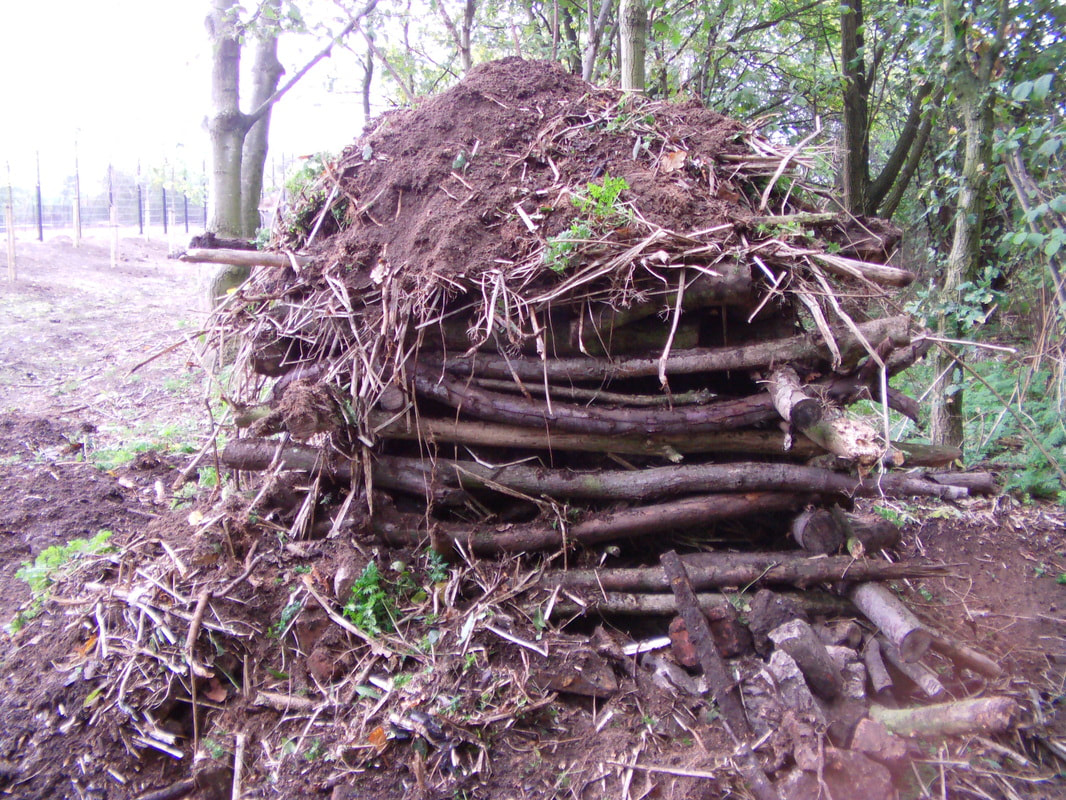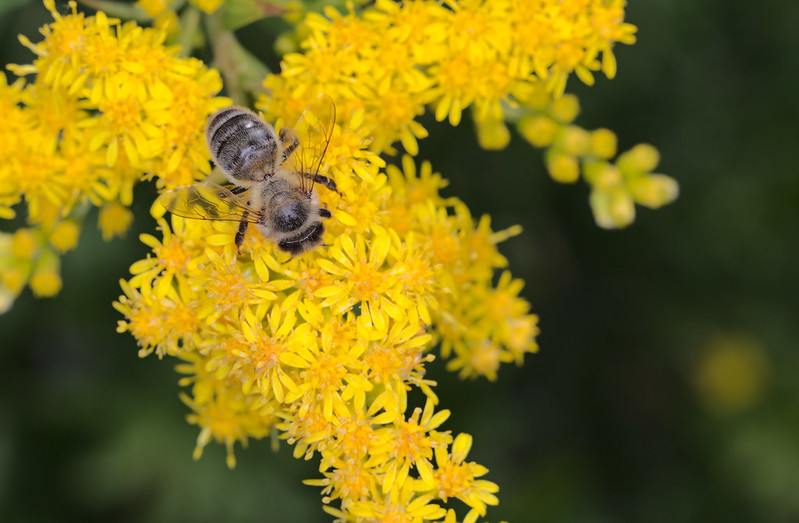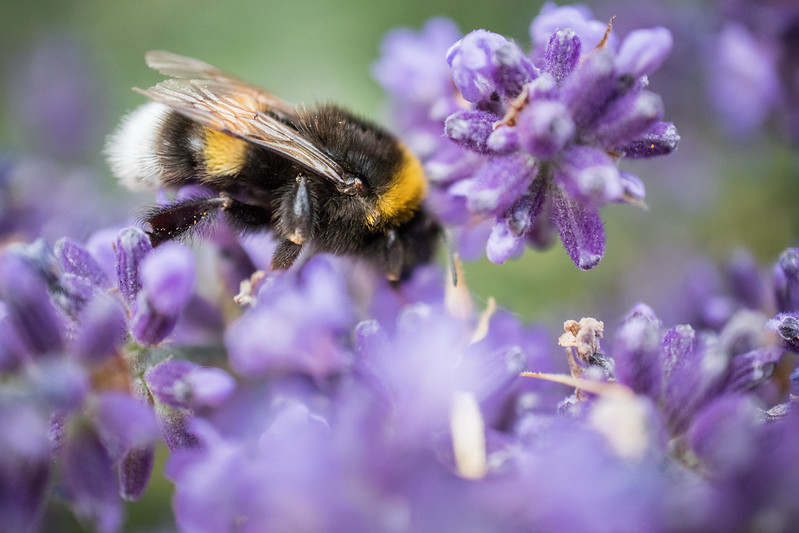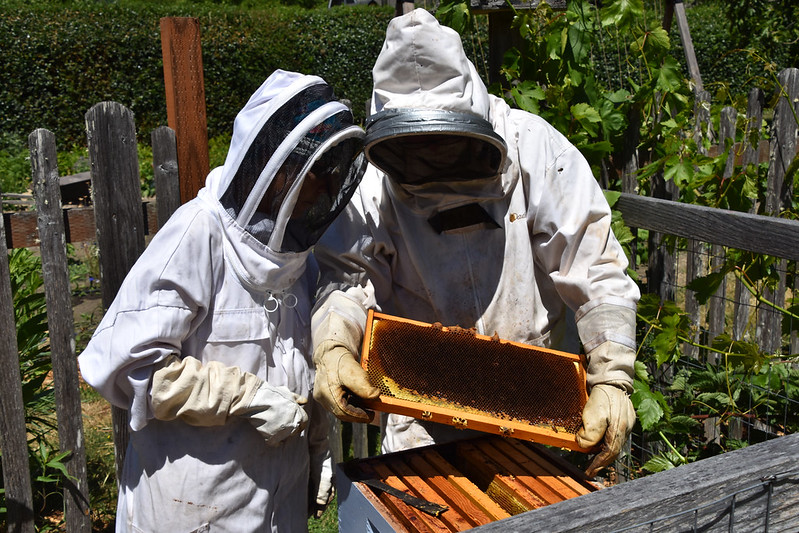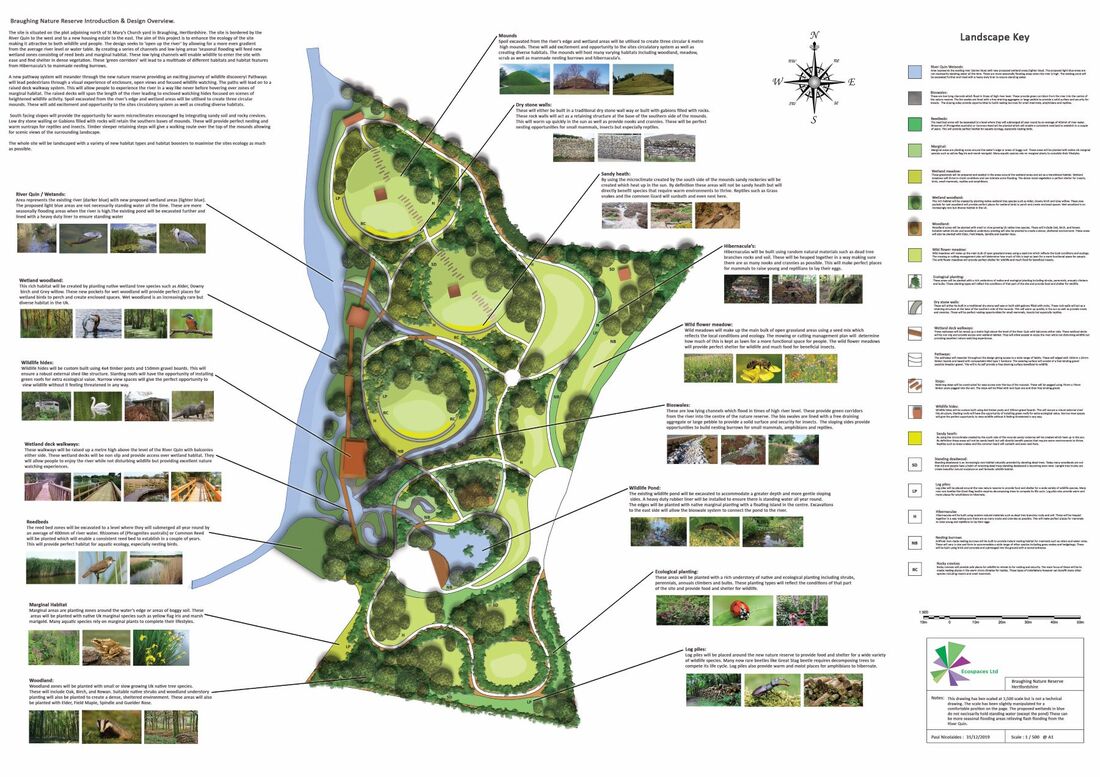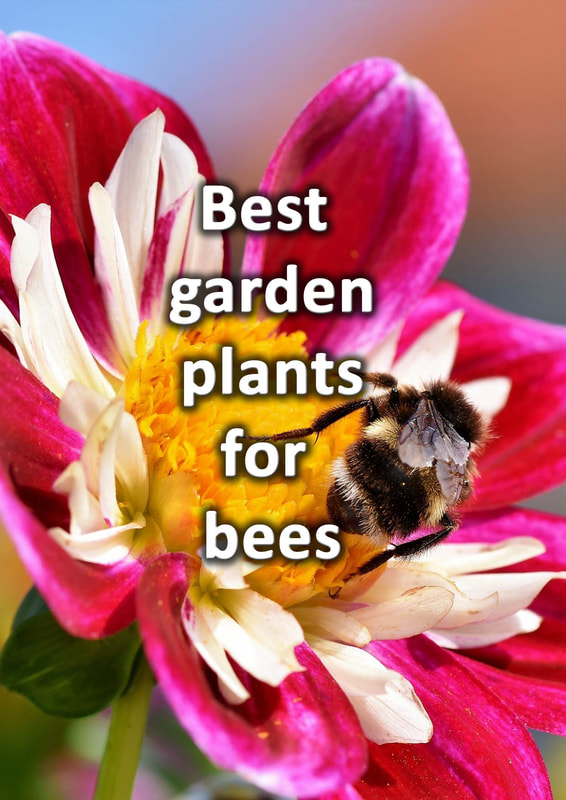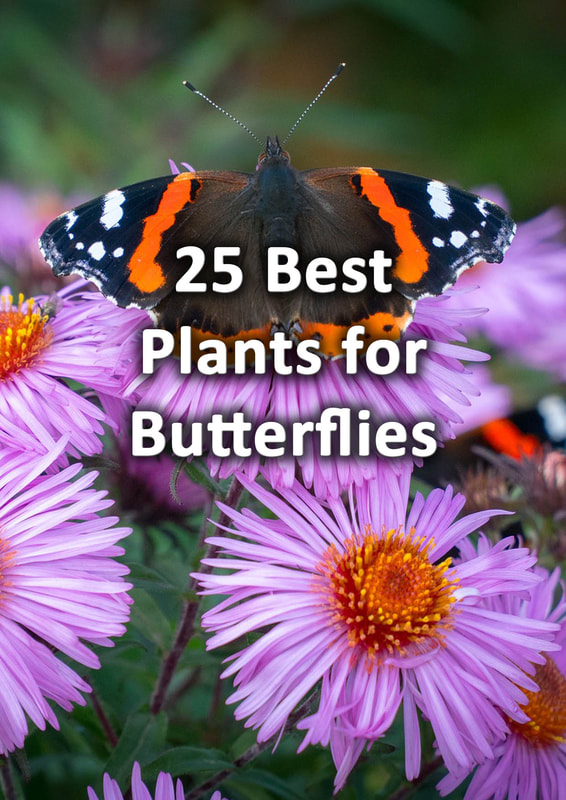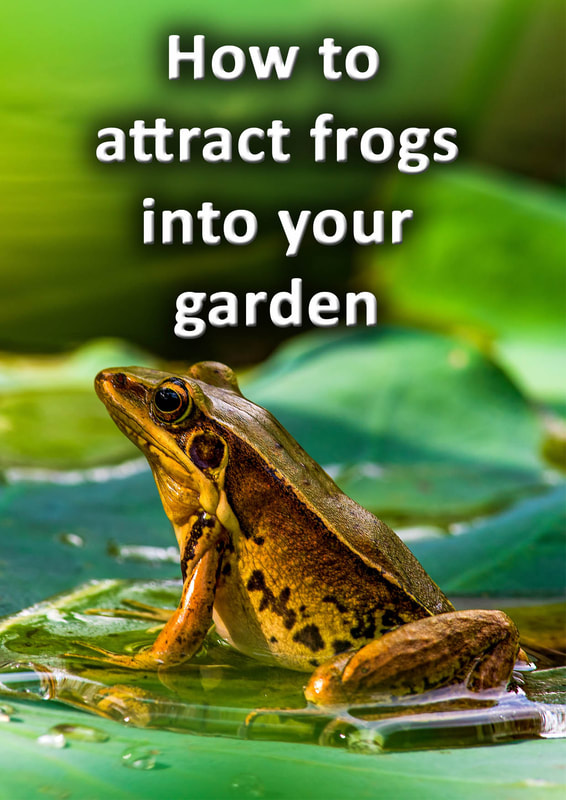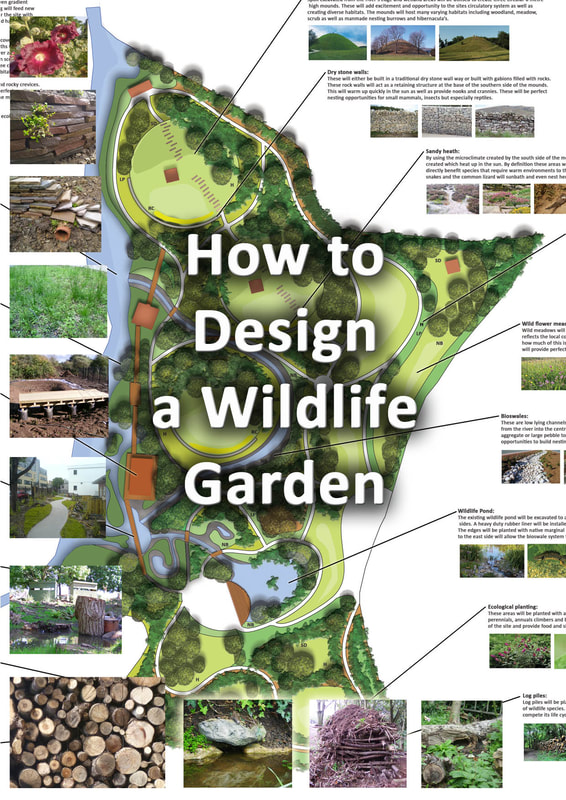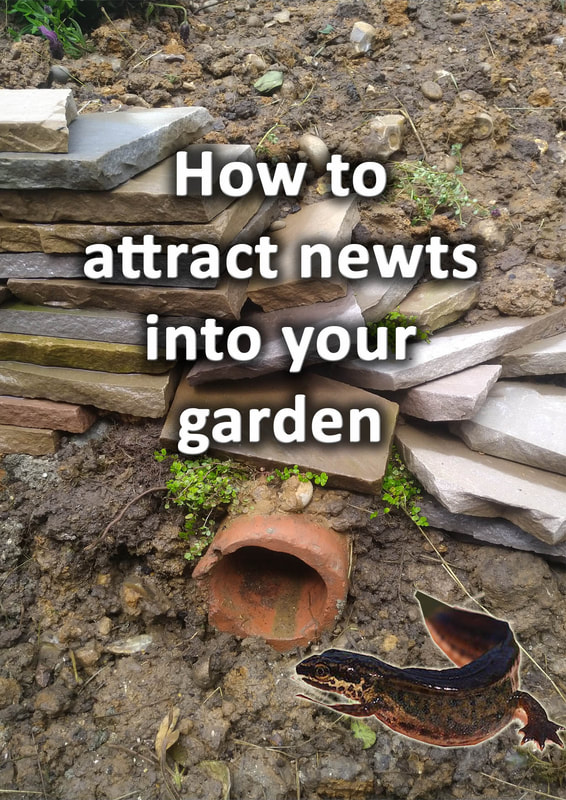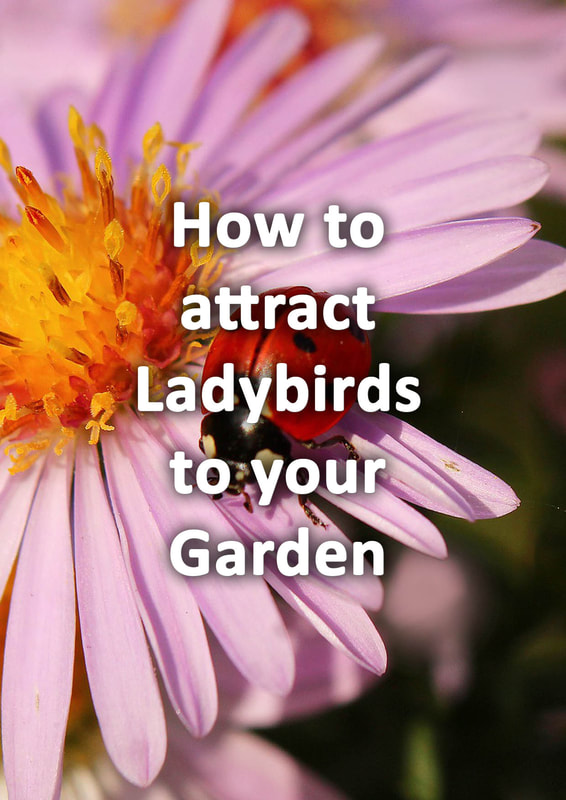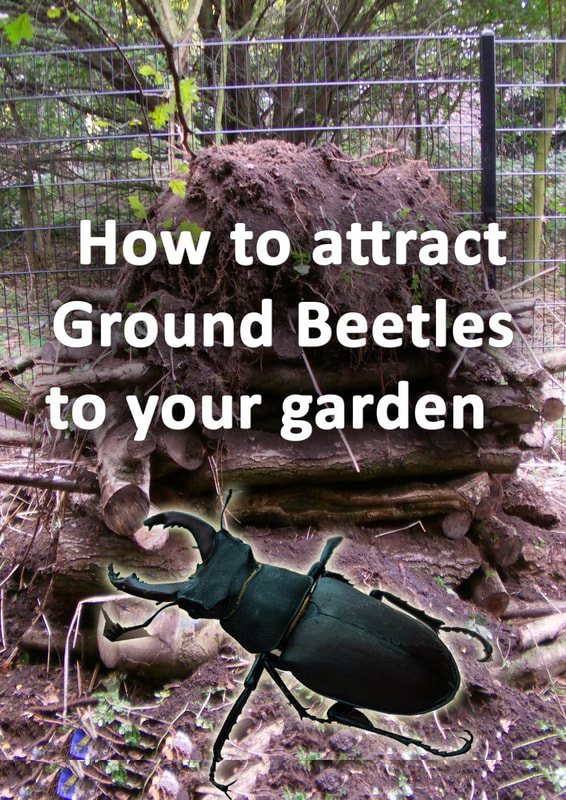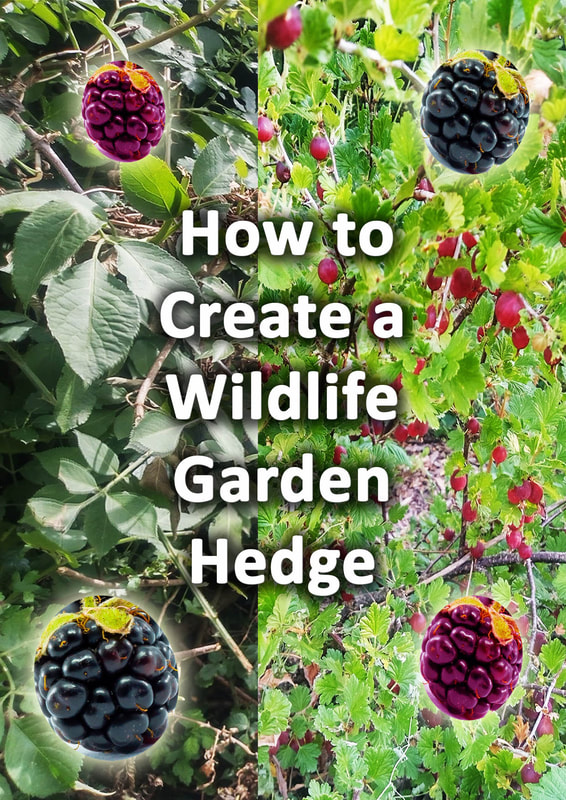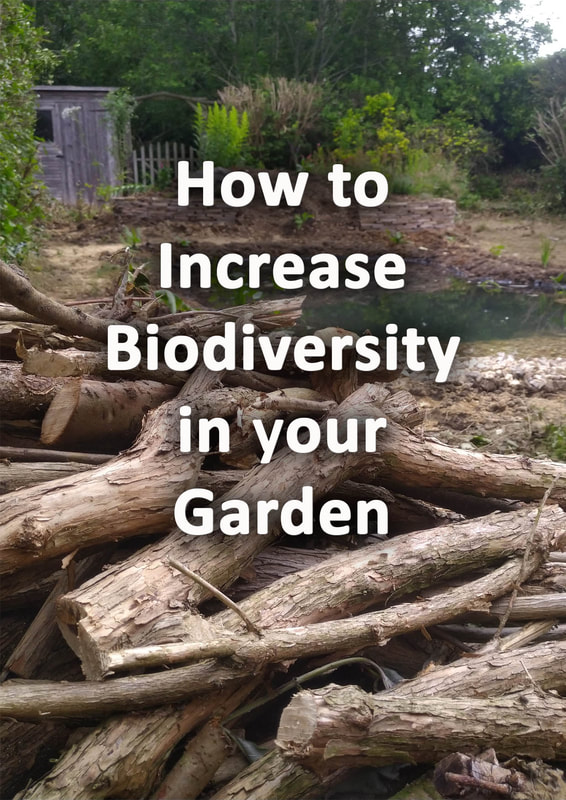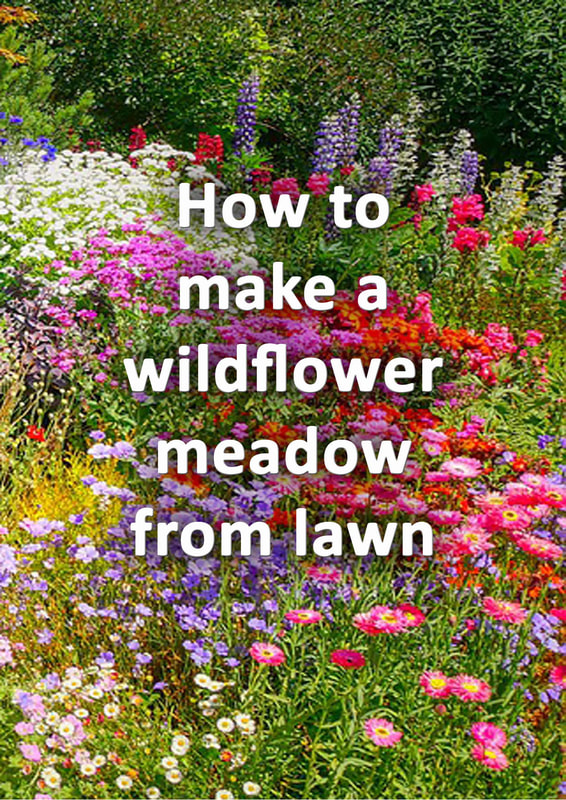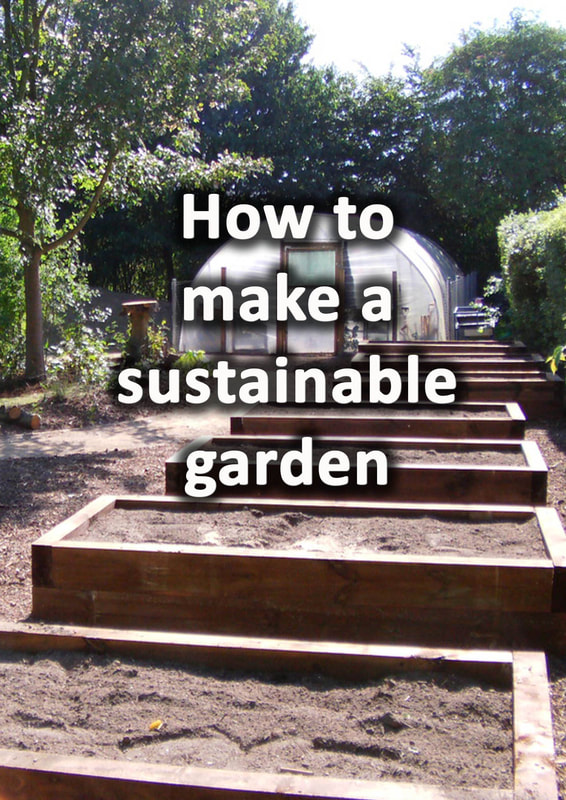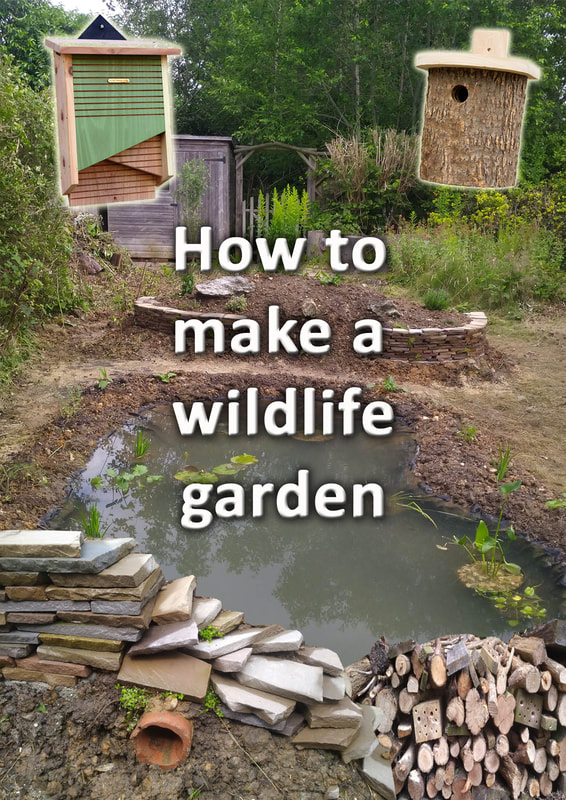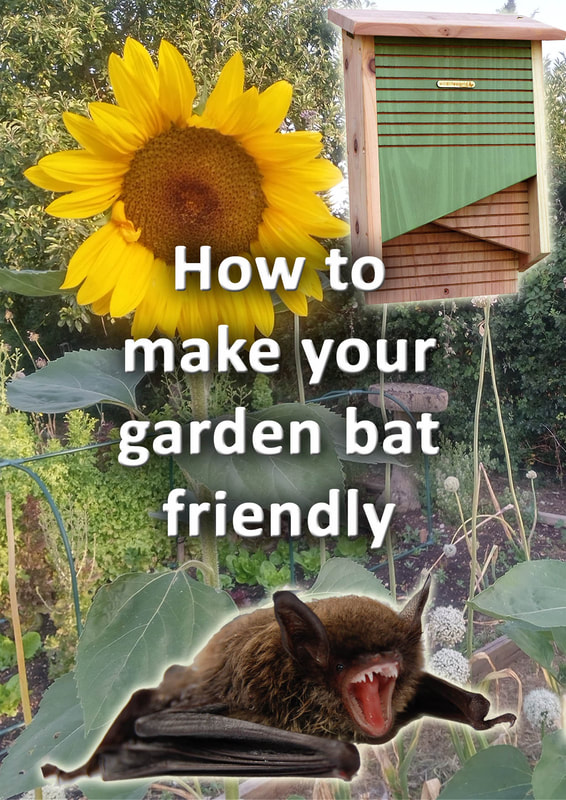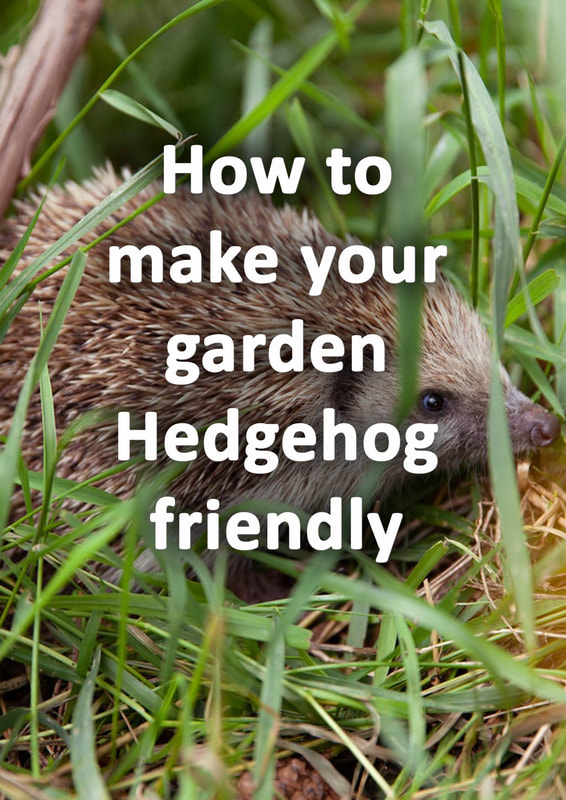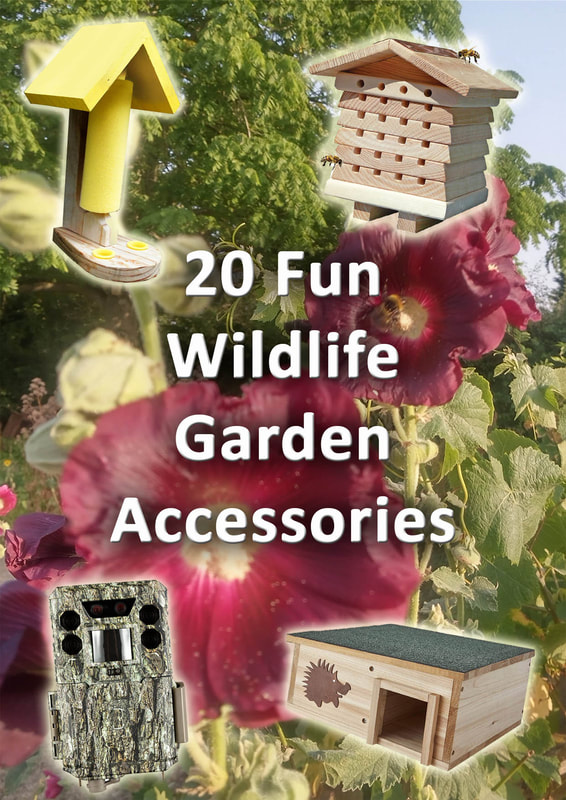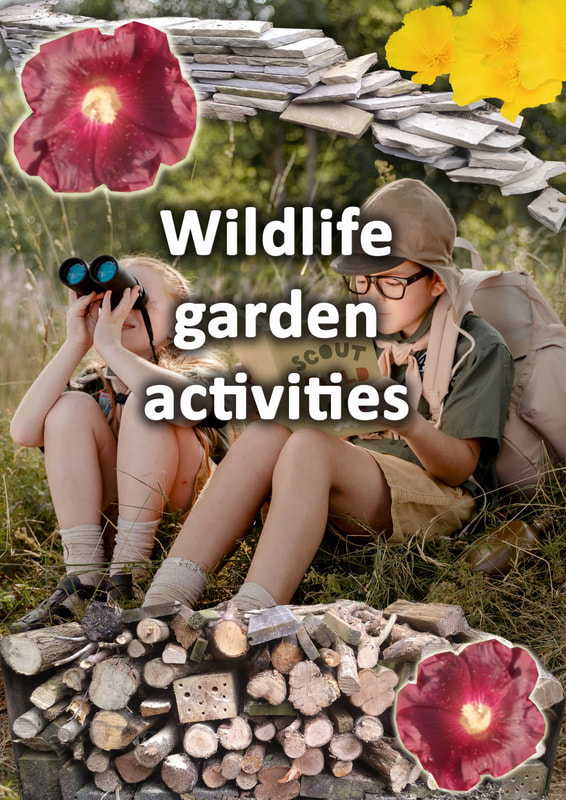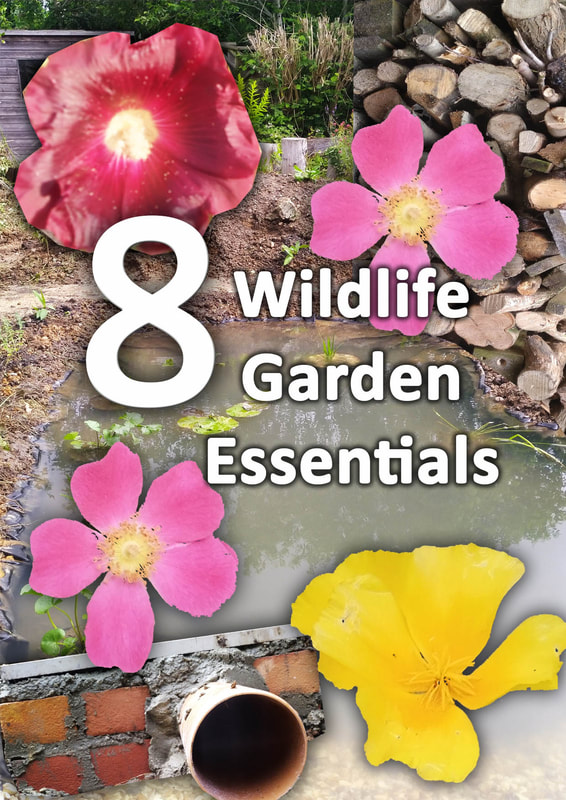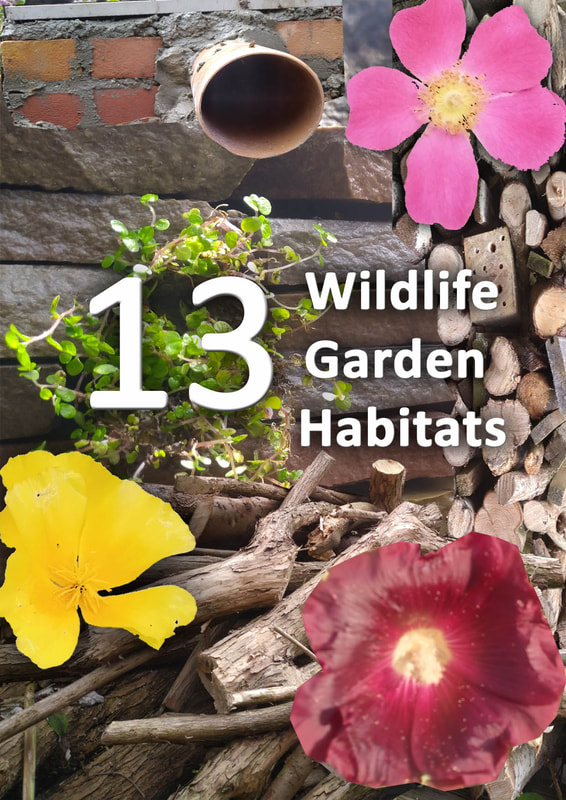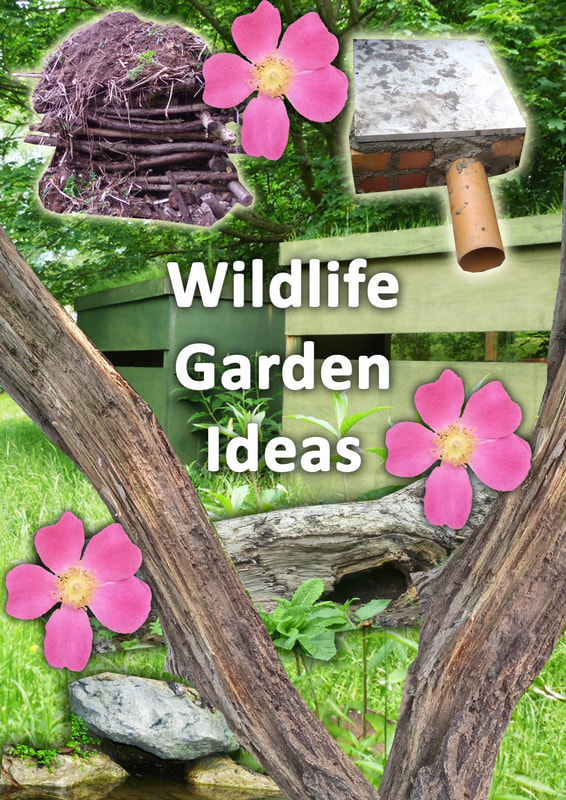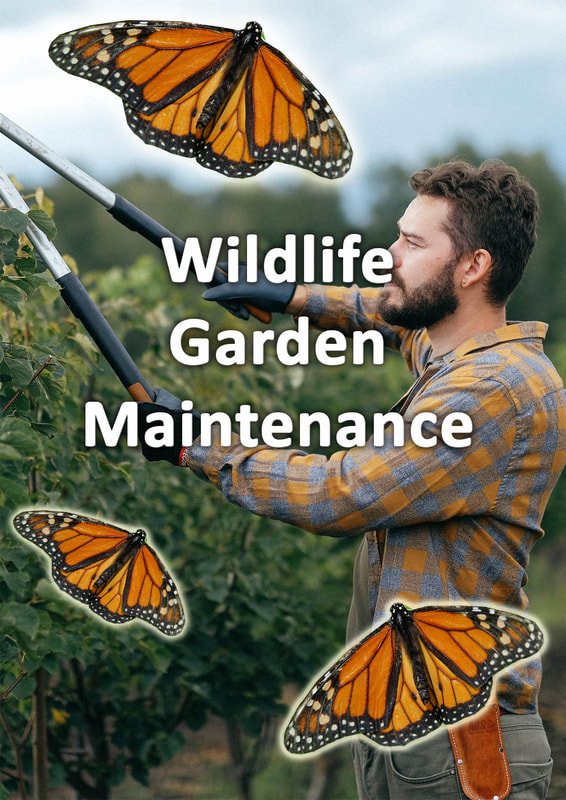|
This article contains affiliate links
Bees are remarkable flying insects found on every continent except Antarctica. Closely related to wasps and ants these widespread insects include an amazing 16,000 species worldwide.
Bees are probably most famous for their importance in pollination and this cannot be underestimated. Bees actually pollinate 40% of the food we eat along with countless wild plants and trees. In the UK alone without the presence of bees the lack of pollination would cost farmers over 1.8 billion a year. Sometimes humans assume we are separate from the wider, global food chain and the ecology of the planet. However our ability to maintain our current dominance over nature is on borrowed time. Bee species have plummeted both locally and globally with a large percentage in danger of extinction. As high bee populations are a direct indicator of healthy environments the trends are truly worrying.
The good thing is bee friendly gardens now provide an oasis for these remarkable and vital insects. It is not actually very difficult to make your garden a haven for bees. If you want to make your garden more bee friendly there are a few things you can do.
This includes planning your garden correctly, providing food, water, shelter and including suitable habitat. Not all bees are the same; some are solitary, some social and some nest under the ground. Therefore you must cater for a broad spectrum of bee types to create the perfect garden environment. Types of garden bee
|
The Author
|
Landscaping services across Buckinghamshire, Amersham, Aylesbury & High Wycombe
Hyde Heath, Amersham, Buckinghamshire |
|

